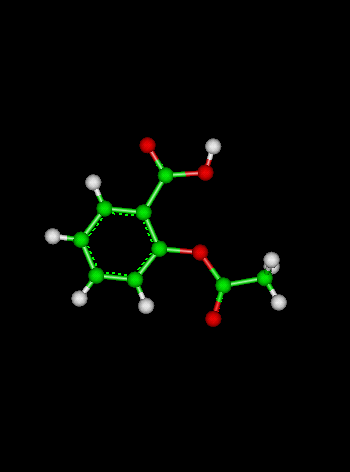
HOME
Course Chapters
Calculator Fundamentals
Mathematics Review
Basic Concepts
Advanced Concepts
Section Tests
Pre-test
Post-test
Useful Materials
Glossary
Online Calculators
Redox Calculator
Kinetics Arrhenius Calculator
Thermodynamics Calculator
Nuclear Decay Calculator
Linear Least Squares Regression
Newton's Method Equation Solver
Compressibility Calculator
Units Conversion Calculator
Nomenclature Calculator
Related Information Links
Texas Instruments Calculators
Casio Calculators
Sharp Calculators
Hewlett Packard Calculators
Credits
Credits
Contact Webmaster
|
Problem 1 Solution
0.93541
Solution Steps for Problem 1
The key: Convert the words into an expression that you can evaluate with
your calculator. How you solve the problem at this point depends upon
how confident you are in using your calculator. Try solving it both
ways as suggested below so you are convinced that your scientific calculator
works in a way you really do understand!
Method: Straight-forward entry into Scientific Calculator:
- Note first that it does not matter for this problem whether
we are in degrees mode or radians, since we will be taking the sine of
an angle which will be given by the inverse tangent function. Also,
remember that the key TAN-1 does not mean "one over tangent"
but "the angle whose tangent is."
- Think of this as a "nested" problem: you want to calculate the sine of
an angle, and the angle is the angle whose tangent is the square root of 7.
Use the following key strokes:
SIN TAN-1 SQRT 7 ENTER
and the answer is 0.93541
Method: Stepwise Calculation of Each Piece:
- We need the square root of 7. Intermediate answer: 2.64575
- We need to find the angle whose tangent is this number: Intermediate answer: 1.20943 radians
- We need to find the sine of this angle: 0.93541
In this latter example, you may have to use your ANS key to get the
previous answer entered in the right order. On a TI-82 type calculator,
this second way of stepping through the calculations takes many more key
strokes than the first, so if you do not need the intermediate answers,
the first method is preferred.
Try another problem like this one.
Next Try It Out Problem.
|

 Shodor
Shodor